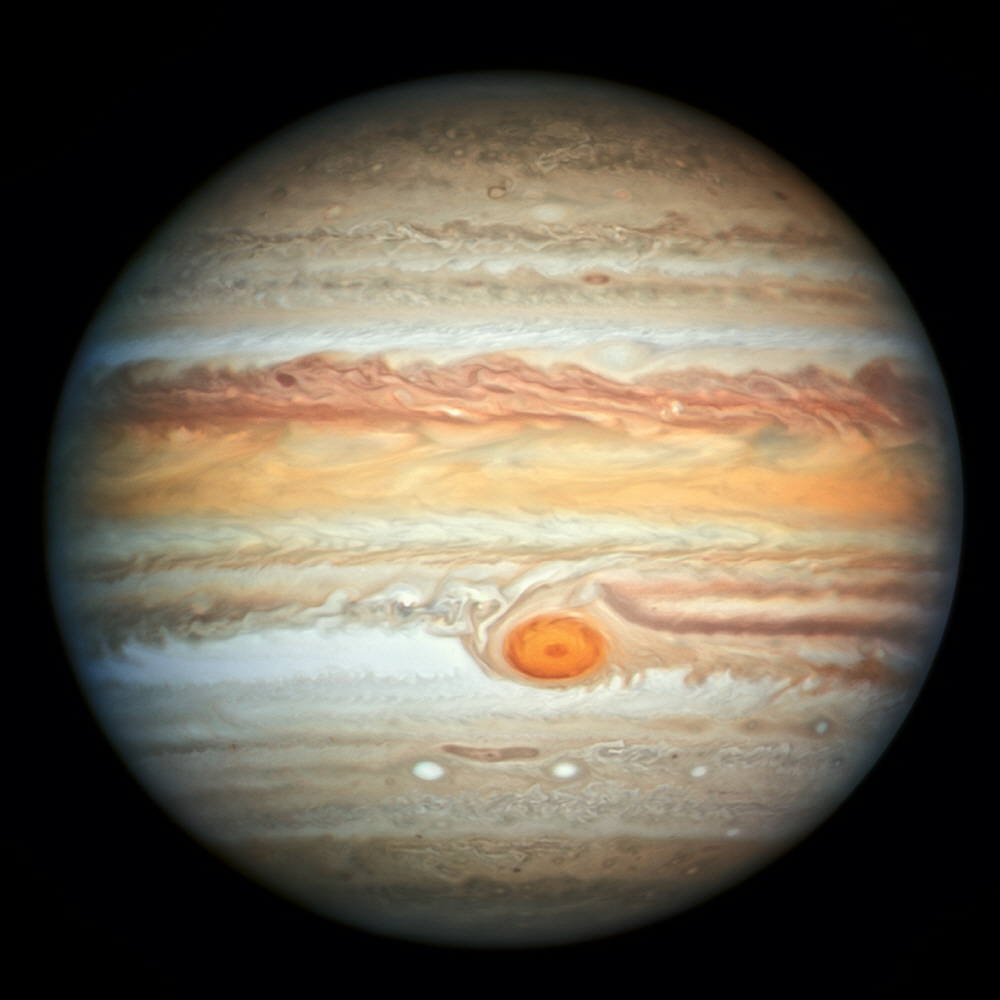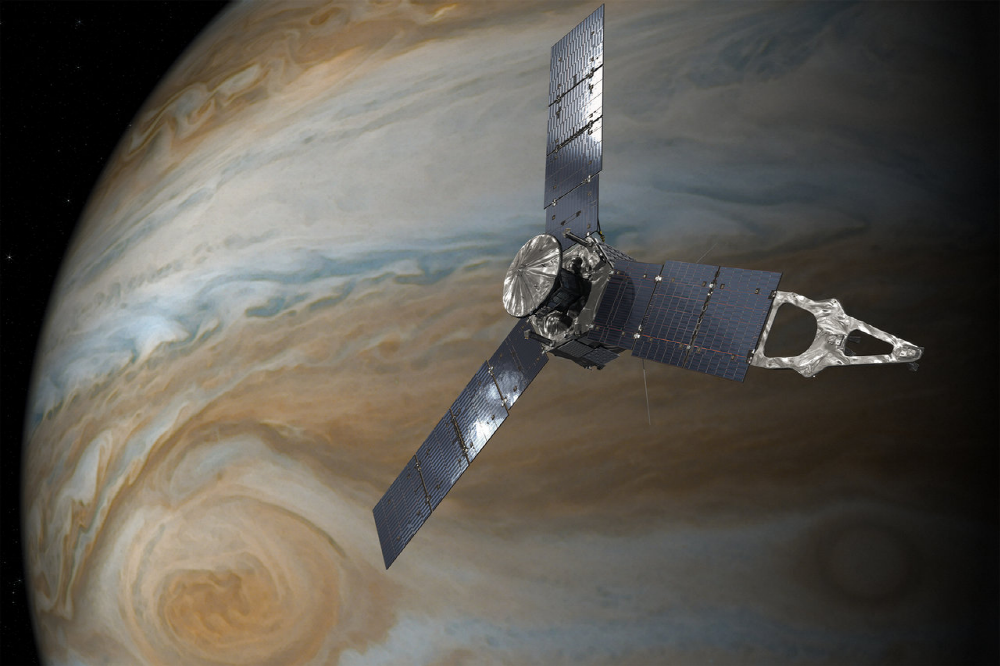
According to a paper published in the journal Nature on August 14, it hypothesized that when Jupiter was still a young star, it collided head-on with a celestial object ten times larger than Earth. If this is true, the explanation is that the mystery about Jupiter will be cleared.
Jupiter, as is well known, is the largest planet in the solar system. It is also a gaseous planet with more than 90% of its total mass made up of hydrogen and helium. It is said to have a core, but it is not yet known what material it is composed of and how it is composed. The NASA probe Juno has been observing Jupiter from its orbit since it reached Jupiter in 2016. Observational data from Juno suggests that Jupiter’s core, estimated from Jupiter’s gravitational field, is much larger than previously assumed and is likely to be of considerable weight.
Usually gas planets are surrounded by a low density environment around a rigid core. But Jupiter is the opposite. However, it was questionable how to explain this core structure.

Accordingly, when Jupiter, which was still young, collides head-on with a celestial body 10 times the mass of Earth, a numerical simulation of a three-dimensional fluid was performed, and the result was said to fit into this structure. The colliding object reaches the depths of Jupiter and collides with the central core of Jupiter. Due to the turbulent disturbance effect of the bombardment of the impact, the core material of Jupiter is transported to the upper layer and violently mixes with the surrounding hydrogen and helium. As a result, a large, low-density core is formed. For reference, a flimsy collision that touches the surface or touches the side does not lead to a shock wave that shakes Jupiter’s core.
In the solar system at the time, disk-shaped dust surrounding the primitive sun collided and gradually formed into planets and other celestial bodies. Jupiter is estimated to have pulled the surrounding celestial bodies with a strong gravity in order to enlarge in a short period of time. In other words, it was prone to collisions on the primitive Jupiter. Therefore, it would be no wonder if it collides head-on with another celestial body during this process. In fact, there is a hypothesis that the moon, which is the planet of the Earth, is a trace of a celestial body that collides with the primitive Earth.
Of course, research like this is still hypothetical. However, unless you are convinced that it is the answer to the puzzle of Jupiter, this hypothesis will need to be constantly tested in the future. Related information can be found here .


















Add comment